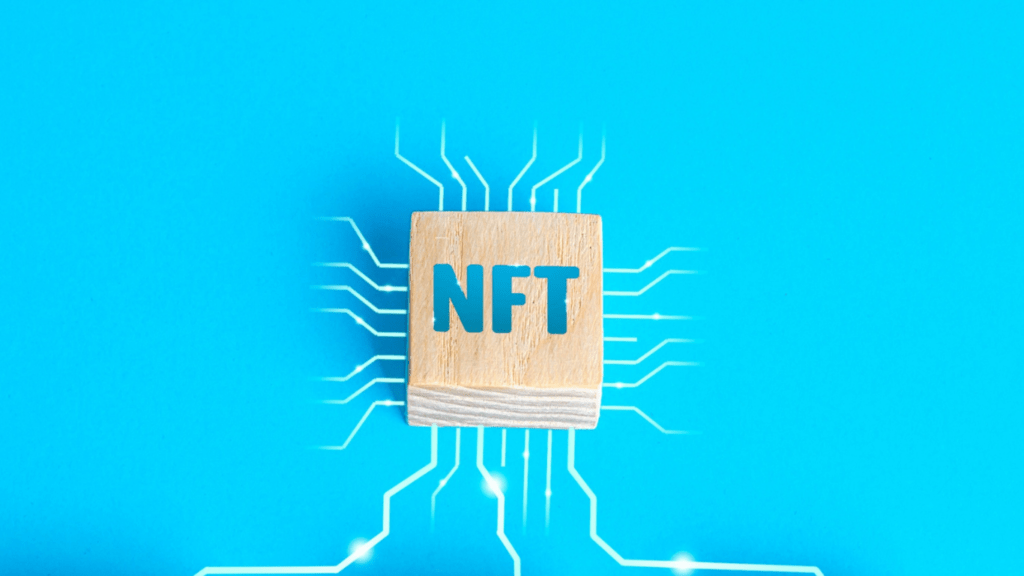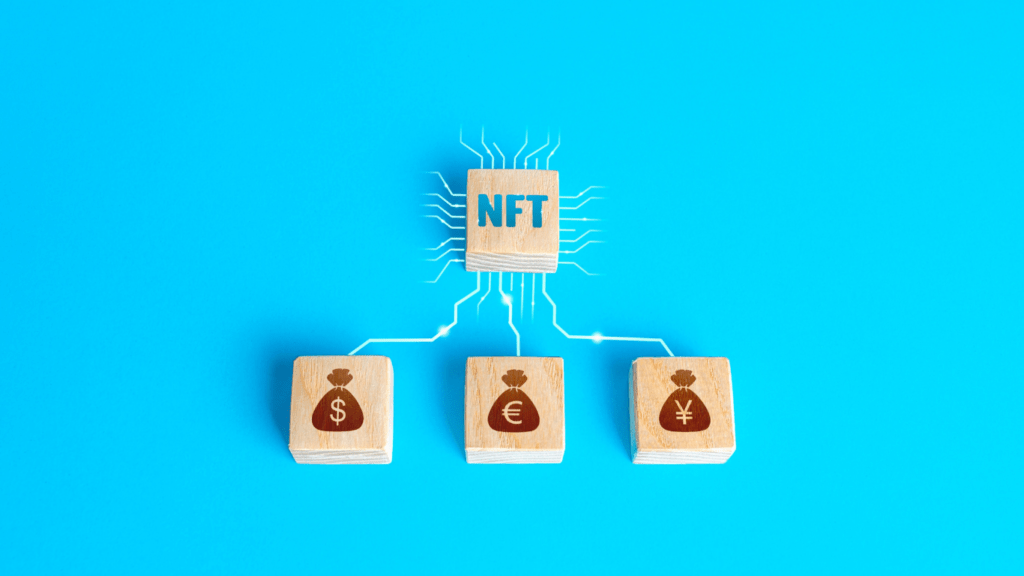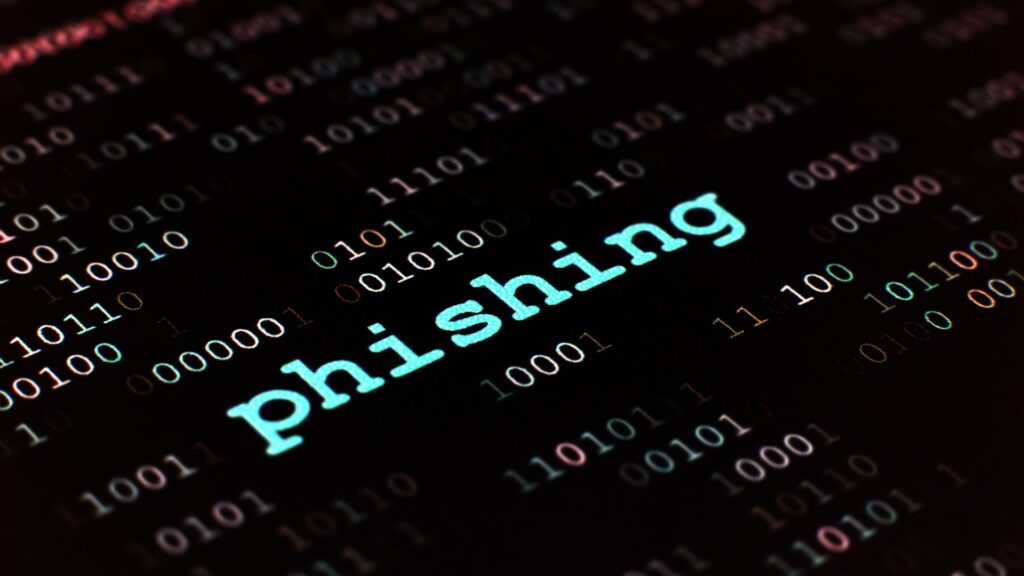What Are NFTs?
NFTs (non-fungible tokens) serve as unique digital assets verified using blockchain technology. Unlike cryptocurrencies like Bitcoin or Ethereum, which are fungible and can be exchanged on a one-to-one basis, NFTs can’t be exchanged equivalently due to their unique properties.
Digital artists, musicians, and even virtual real estate developers create NFTs to represent ownership and authenticity of their digital work. Each NFT includes metadata and individual characteristics that make it distinct, which is recorded on a blockchain ledger. This metadata often includes the creator’s name, the creation date, and any other pertinent information needed to verify its provenance and authenticity.
Some notable examples of NFTs include the digital artwork “Everydays: The First 5000 Days” by Beeple, which sold for $69 million, and virtual plots of land in platforms like Decentraland and The Sandbox. These digital assets extend beyond art to include music albums, video clips, and even tweets, demonstrating their versatility.
Ownership of an NFT confers several benefits. First, it establishes a verifiable proof of ownership that can’t be replicated or tampered with due to the decentralized nature of blockchain technology. Second, it often allows creators to earn royalties each time the NFT is resold, providing a continuous revenue stream.
To acquire NFTs, one typically uses cryptocurrency, with Ethereum being the most common due to its extensive integration with NFT marketplaces. Popular platforms where NFTs are bought and sold include OpenSea, Rarible, and Foundation.
NFTs’ growing popularity underscores their potential to revolutionize the concept of digital ownership. Blockchain’s inherent security combined with the unique attributes of each token makes NFTs a powerful tool in the digital economy.
History of NFTs
NFTs, or non-fungible tokens, have an intriguing history marked by innovation and rapid evolution, influencing the way we perceive digital ownership.
Early Development
In 2012, the concept of NFTs began with the introduction of “Colored Coins” on the Bitcoin blockchain. These coins represented real-world assets but had limited functionality.
Then, in 2014, artist Kevin McCoy and technologist Anil Dash created the first-ever NFT “Quantum” on the Namecoin blockchain, signifying the birth of digital art ownership.
Ethereum, however, significantly advanced NFTs’ capabilities with the ERC-721 token standard introduced in 2017, enabling the creation and trading of unique digital items.
Rise in Popularity
The NFT market saw exponential growth starting in late 2020. Interest surged with high-profile sales, such as Beeple’s “Everydays: The First 5000 Days” artwork selling for $69 million in March 2021.
Platforms like OpenSea and Rarible became central hubs for NFT transactions. By 2021, NFTs gained mainstream attention, with celebrities, musicians, and major brands launching their digital collectibles.
The surge also extended to virtual real estate, with platforms like Decentraland and Cryptovoxels seeing increased activity. This period marked NFTs as a transformative force in digital asset ownership and trading.
How NFTs Work

NFTs operate through blockchain technology, enabling the creation, validation, and transfer of unique digital assets.
Blockchain Technology
Blockchain technology underpins the NFT ecosystem, recording every transaction on a decentralized ledger. Each NFT transaction includes metadata describing the asset, its provenance, and smart contract guidelines.
Ethereum’s blockchain, widely used for NFTs, employs the ERC-721 standard, defining a set of rules for creating and transferring unique tokens.
This cryptographic protocol ensures creation, ownership, and verification of NFTs by embedding a unique identifier in each transaction, making them non-fungible and distinct from cryptocurrencies like Bitcoin. Additionally, blockchains provide transparency and security, essential for establishing trust in digital art and collectibles.
Digital Ownership
NFTs represent digital ownership by assigning a unique token to a particular item, be it artwork, music, or virtual property. When you purchase an NFT, you receive a proof of ownership stored on the blockchain, guaranteeing the item’s originality and ownership history.
This digital certificate can be resold, often with royalties automatically paid to the original creator. Unlike traditional digital files that can be copied endlessly, NFTs are indivisible and unique, verified by blockchain records.
Prominent marketplaces such as OpenSea and Rarible facilitate the buying, selling, and trading of these unique ownership tokens, driving the vibrant NFT market.
Popular NFT Marketplaces
Prominent NFT marketplaces play a key role in the thriving digital collectibles space. These platforms provide avenues for creators and collectors to engage seamlessly.
OpenSea
OpenSea is the largest and most diverse NFT marketplace. Thousands of unique items such as digital art, domain names, and virtual worlds populate the platform. OpenSea supports various NFT standards, including ERC-721 and ERC-1155, increasing its versatility. Users need an Ethereum wallet like MetaMask to participate. OpenSea charges 2.5% per transaction, making it a straightforward choice for many.
Rarible
Rarible stands out with its community-governed approach. Users can buy, sell, and create NFTs on this decentralized platform. RARI tokens enable users to participate in governance decisions, adding a layer of user involvement.
Artists receive a royalty fee percentage on secondary sales, promoting sustained earnings. Rarible’s user-friendly interface simplifies the minting process even for newcomers.
Foundation
Foundation is known for its curated, high-quality NFT art. The platform operates on an invite-only basis for creators, ensuring exclusivity. Auctions drive most sales, facilitating competitive pricing.
Foundation prioritizes artist royalties and transparent transactions through smart contracts. Wallets like MetaMask facilitate purchasing, requiring Ethereum for transactions.
These marketplaces are pivotal in the NFT ecosystem, offering diverse features tailored to the needs of creators and collectors alike.
Pros and Cons of NFTs
NFTs offer unique benefits and potential drawbacks in the digital collectibles market.
Advantages
- Ownership Proof: NFTs provide verifiable proof of ownership through blockchain, making it clear who’s the rightful owner of digital assets.
- Royalties: Creators earn royalties with every resale of their NFTs, generating continuous revenue. For example, artists benefit from secondary market sales.
- Scarcity and Uniqueness: Each NFT is unique, creating scarcity and increasing its value. Collectors can own one-of-a-kind digital items.
- Cross-platform Use: Many NFTs are usable across multiple platforms and games, enhancing their utility. For instance, a digital character in one game could be used in another.
- Investment Opportunities: NFTs offer new avenues for investment, reaching high returns. Digital art and virtual land have seen substantial price increases.
- Market Volatility: The NFT market is highly volatile, with prices fluctuating rapidly. This poses a risk to investors who could face significant losses.
- Environmental Impact: The creation and trading of NFTs, especially on Ethereum, consume substantial energy, raising environmental concerns.
- Lack of Regulation: NFT transactions lack oversight, increasing the potential for fraud and scams. Unsuspecting buyers might purchase fake or plagiarized content.
- High Entry Costs: Minting and purchasing NFTs can be expensive due to transaction fees and initial listing costs. Artists may face high upfront expenses.
- Limited Liquidity: NFT liquidity is lower than traditional assets. Finding buyers can be challenging, making it harder to quickly convert NFTs to cash.
NFTs in Art and Entertainment
NFTs have revolutionized the art and entertainment industries, introducing new possibilities for creators and collectors. This section delves into how NFTs impact digital art and music/media.
Digital Art
Digital art thrives due to NFTs. Artists mint unique tokens representing their work, ensuring authenticity and ownership. Platforms like Foundation showcase high-quality NFT art, drawing serious collectors.
Beeple, a digital artist, sold an NFT artwork for $69 million, setting a record in this space. These transactions highlight NFTs’ potential to elevate digital art’s value and credibility. Users find it easier to verify artwork originality through blockchain, reducing the risk of forgeries.
Music and Media
Musicians and media creators benefit from NFTs. Fans purchase NFTs to gain exclusive access to content, including unreleased tracks, behind-the-scenes footage, and concert tickets.
Kings of Leon released an album as an NFT, offering bonus content for token holders. NFTs also enable musicians to earn royalties directly, bypassing traditional intermediaries.
Media companies explore NFTs to monetize content in innovative ways, enhancing fan engagement. NFT platforms like Audius support decentralized music sharing, further decentralizing the industry.
Future of NFTs
The future of NFTs looks promising due to their versatility. NFTs’ applications extend beyond art and collectibles into various industries. For instance, in real estate, NFTs could represent property titles and streamline transactions through blockchain verification. Fractional ownership options, accessed through tokenization, might make real estate investment more accessible.
In the gaming industry, NFTs enable true ownership of in-game assets. Gamers could trade or sell these assets across different platforms, creating a unified ecosystem. Games like “Axie Infinity” already demonstrate the practical benefits, with players earning income.
NFTs might also impact digital identity. Secure, verifiable identities can potentially reduce fraud and enhance personal data privacy. NFTs could serve as digital certificates for educational qualifications and personal achievements.
Major brands are exploring NFTs for marketing by offering unique digital experiences to consumers. Brands like Nike and NBA have launched NFT projects, creating exclusive memorabilia and products.
Scalability and environmental concerns remain key challenges. Solutions like Ethereum 2.0 aim to reduce energy consumption and improve transaction speeds. Layer-2 solutions, such as Polygon, provide more efficient alternatives.
Regulations might evolve to address fraud and ensure market stability. As authorities clarify NFT rules, investor confidence will grow. Clearer guidelines help protect creators and buyers, fostering a safer and more trustworthy market.
With technological advancements and broader acceptance, NFTs’ future in various sectors seems expansive. Whether through enhanced digital transactions, identity security, or brand marketing, NFTs’ potential appears limitless.

 Ricky Morenolendez is a key contributor at The Digi Chain Exchange, recognized for his deep expertise in cryptocurrency and blockchain technology. With years of experience in analyzing market trends and providing actionable insights, Ricky has become a trusted voice in the crypto space. His work focuses on helping investors understand the nuances of digital assets, from Bitcoin to emerging altcoins. Ricky’s dedication to educating the community on market strategies and crypto developments has made him an invaluable asset to The Digi Chain Exchange team.
Ricky Morenolendez is a key contributor at The Digi Chain Exchange, recognized for his deep expertise in cryptocurrency and blockchain technology. With years of experience in analyzing market trends and providing actionable insights, Ricky has become a trusted voice in the crypto space. His work focuses on helping investors understand the nuances of digital assets, from Bitcoin to emerging altcoins. Ricky’s dedication to educating the community on market strategies and crypto developments has made him an invaluable asset to The Digi Chain Exchange team.

